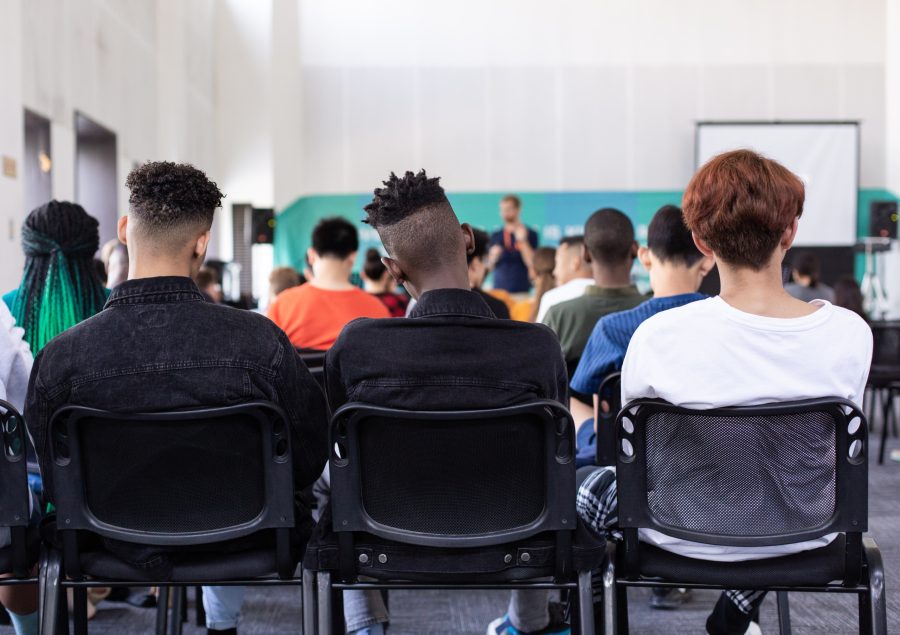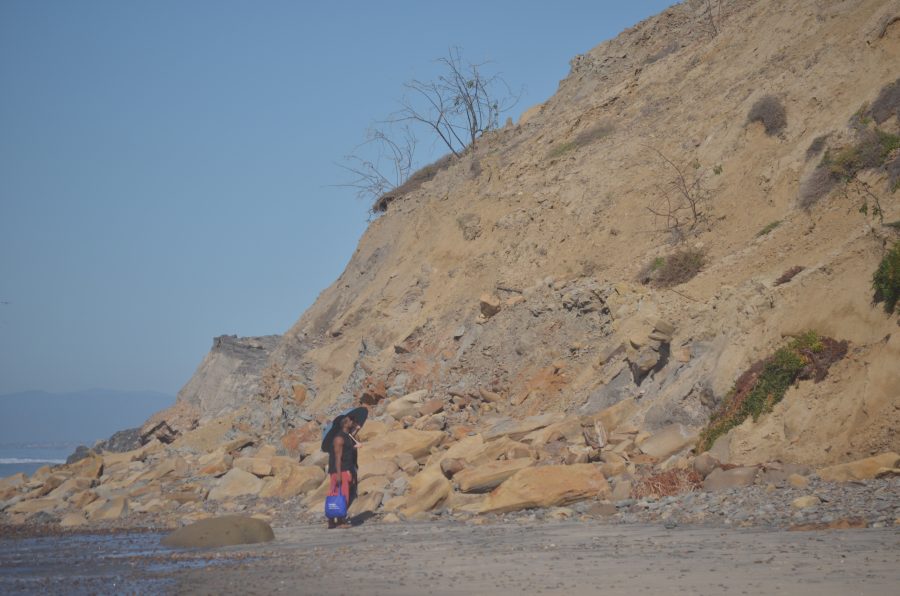The implementation of a Junior Reserve Officer’s Training
Corp program at Mission Bay High School and Lincoln High School in San Diego
last fall, which gives students the opportunity to train with high-powered
pellet guns at the campus’ new shooting ranges, has sparked controversy from
local activist groups opposed to the presence of firearms at high schools.
The Education Not Arms Coalition and the project on Youth
and Non-Military Opportunities have partnered to protest against what they
claim to be a violation of the schools’ “zero tolerance” policies regarding
firearms on campus.
Earlier this year, the two groups collected over 1,000
signatures on a petition demanding the removal of ROTC firing ranges from local
high schools, which they presented to the San Diego School Board.
Additionally, the two groups have claimed that the presence
of these ROTC programs leads students to be misleadingly tracked into military
programs without being given clear alternatives.
Students at
high schools, many of whom have protested and testified before the San Diego
School Board, have found themselves automatically enrolled in ROTC training
programs at the beginning of fall semester. California Education Code 51750
deems participation in such programs voluntary.
Thurgood Marshall junior Hossein Ayazi has been working with
Project Yano since fall quarter.
“I stumbled upon this organization while taking an ethnic
studies class,” Ayazi said. “We had a community service requirement, so I
decided to volunteer.”
Ayazi said that Project Yano has been concerned primarily
with the legal aspects surrounding the controversy.
“While we volunteered at
we focused on the inconsistencies in school policy,” Ayazi said. “Schools
nationwide are required to maintain a zero tolerance policy toward firearms,
and the presence of firing ranges on school grounds is a direct contradiction
to that.”
Ayazi added that these ROTC programs serve to create
inconsistencies in educational opportunities in regards to race and ethnicity.
“In particular, we are concerned that many low-income
students and students of color are being diverted away from higher education
and into the military, where they are found in disproportionate numbers,” he
said.
Ayazi said this problem is particularly visible at schools
like
and
African Americans make up most of the ethnic demographic.
“None of the coursework and time spent in military training
programs satisfies university admission requirements,” Ayazi said. “Yet schools
like
resources from the AP/IB programs and diverting them to ROTC programs. We need
programs that help these kids get into college, not ones that drive them away
from it.”
Since its formation in 1984, Project Yano has advocated
alternatives to military careers, listing various links to scholarships and
financial aid as well as counter-recruitment information and brochures on its
Web site.
“Many of our members are armed forces veterans who believe
that high school students are getting a distorted picture of the military and
war from recruiting ads and marketing,” Ayazi said.
Representatives from the
not respond to multiple requests for comment.







